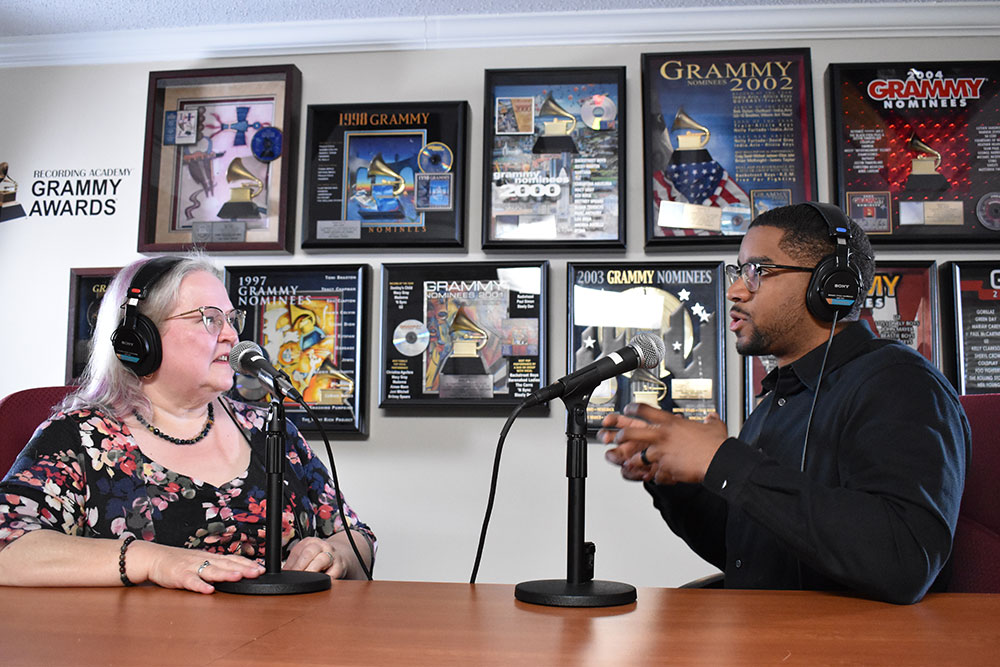
Jobs Data Roundup: Jobless Claims Rise, Hourly Wages Up Slightly
KENNESAW, Ga. | Mar 3, 2016

Initial jobless claims increased by 6,000 over last week, according to Department of Labor data released Thursday morning. 278,000 people filed for unemployment insurance for the first time last week. Estimates pegged the number at 271,000.
The four-week moving jobless claim fell 1,750 to 207,250. Americans were working harder and more efficiently than expected, however, as non-farm productivity fell only 2.2 percent, compared to an expected 3.2 percent. Unit labor costs only came to 3.3 percent of cost of output, compared to a consensus 4.7 percent.
Past 12-Months In Review
Jobless claims have remained below a 300,000 ceiling for a year, which is considered an indicator of a healthy labor market.
Related Link: Street Flat Early As Rally Fades Ahead Of Key Jobs Data Friday
The ADP jobs report released Wednesday held a big beat, adding 214,000 payrolls against an expectation of 190,000. However, the economy lost 9,000 manufacturing jobs, the second-largest drop in five years, according to the report. 5,000 goods-producing jobs were added, compared to 208,000 service jobs.
Looking Ahead
Consensus doesn't expect changes in the unemployment rate ahead of Friday's jobs report, but does see a 0.2 percent increase in average hourly wages. That increase is an important metric as income inequality continues to feature prominently in the 2016 U.S. presidential election.
Joe Brusuelas, chief economist at RSM, said it's more valuable to average sequential months' data and compare that figure to six-month averages, rather than scrutinizing individual months' trends. Brusuelas had a bullish outlook for jobs for the rest of the year, and saw the economy shave almost an extra half percent off unemployment.
"At this juncture we anticipate gains of roughly between 175,000–200,000 per month on average in 2016 and the unemployment rate to fall to 4.5 percent by the end of the year amidst wage gains of slightly above 3 percent during that interval," he wrote.
Another Expert's Take
Kennesaw State economics professor Mikhail Melnik wrote in an email to Benzinga that the labor market has somewhat cooled his fear of a recession in early 2016, but warned that the threat still remains from macro forces.
"This has been a manufacturing driven weakness and the service sector is the workhorse that has helped us to avoid a recession so far and is likely to continue to do so throughout the first half of 2016," Melnik wrote.
"The pressure on the manufacturing sector has already weakened a bit as the effect
of the oil price meltdown has already been significantly materialized in the sector.
However, the global economic weaknesses, the strong U.S. dollar, and the permanently
lower U.S. equilibrium growth will continue to exert pressure on the manufacturing
sector."
Melnik concluded that there is around a 25 percent chance of a recession at the end
of 2016 and beginning of 2017.
Melnik was bearish on other economic data released in this week's reports.
"Non-residential structures posted negative growth throughout the second half of 2015 and equipment investment declined in the last quarter of the year," Melnik wrote. "These are not optimistic indicators for short-term employment growth. Once again, the only component that exhibits robust growth within the aggregate investment spending is residential investment. That one generates short-term construction spending but does not add significantly add to the nation's ability to generate and maintain employment in the long-run. Furthermore, the residential housing inflation further addicts the U.S. economy to low rates, which I expect will last indefinitely."
Related Posts

Gathering Spot CEO Ryan Wilson on Building a Social Club to Inspire Connections.

Kennesaw State MBA student leveraging degree work for a cause

CEO Magazine Ranks Kennesaw State Executive MBA Top Program in Georgia, No. 11 in the World

LexisNexis marketing director on the importance of remembering people when developing a marketing strategy














